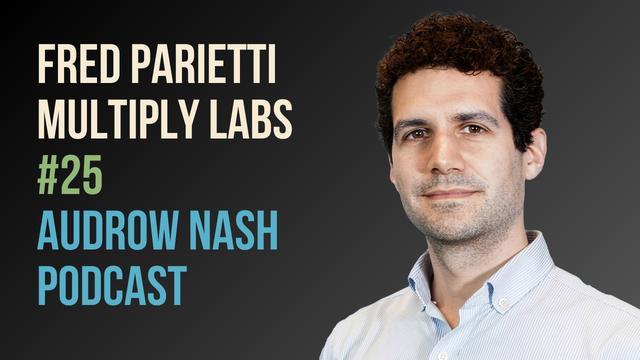
What If Robots Actually Did the Most Important Jobs in the World?
Fred Parietti (Multiply Labs) explains how advanced robotics can automate complex, life-saving tasks in pharmaceutical manufacturing, transforming how medicine is made and delivered.

Fred Parietti (Multiply Labs) explains how advanced robotics can automate complex, life-saving tasks in pharmaceutical manufacturing, transforming how medicine is made and delivered.
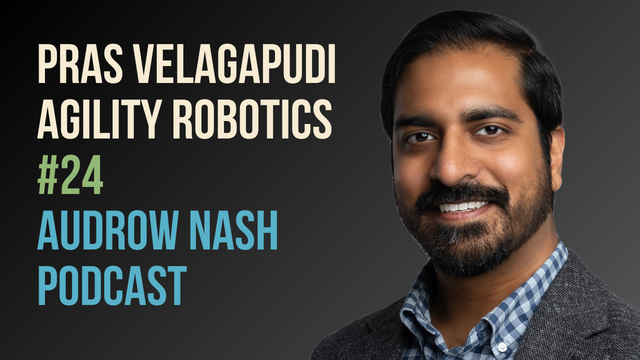
Pras Velagapudi (Agility Robotics) explains why building humanoid robots isn’t about trends, but about physics, constraints, and designing machines that can work alongside people.

Stefan Seltz-Axmacher and Ilia Baranov (Polymath Robotics) share how focusing on practical autonomy for industrial vehicles is reshaping robotics—and what it means for building sustainable, real-world automation.

Brannon Jones (AlleyCorp) shares how early-stage investing is shaping the future of deep tech and robotics—and what it means for founders and investors looking for real impact beyond the hype.

Barrett Ames (BotBuilt) shares how automating wood framing with robots is changing construction—and what it means for the future of housing and robotics startups.

Bradley Dillon (Luxonis) shares how making vision hardware and AI easy to use is changing robotics—and what it means for anyone building robots or automation today.
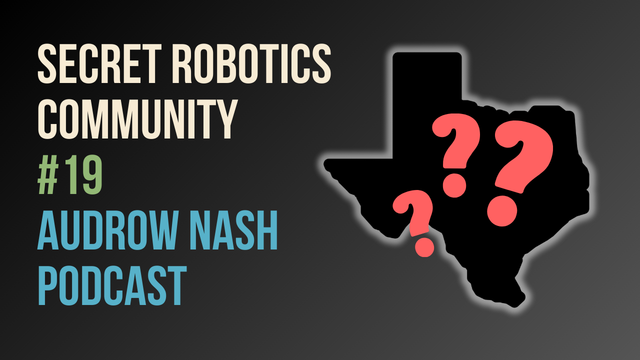
Kyle Morgenstein (UT Austin), David Venegas (Durin), and Barrett Ames (Botbuilt) share how robotics is tackling safety, mining, and construction—reshaping some of the toughest industries in Texas and beyond.

Kordel France (Scentience AI) shares how bringing smell to robots could unlock new industries—and what it means for the next generation of robotics and AI.

Jenny Read (ARIA) shares how the UK is funding high-risk robotics hardware research—and what it means for the future of dexterous, capable robots.
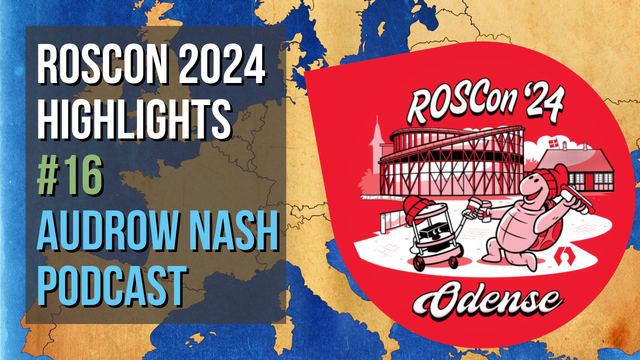
Marcus Scheunemann (Dexory), Christine Fraser (Asimovo), and Angelo Corsaro (ZettaScale) share how startups and new tools are reshaping robotics—from scaling fleets to building the next generation of ROS middleware.
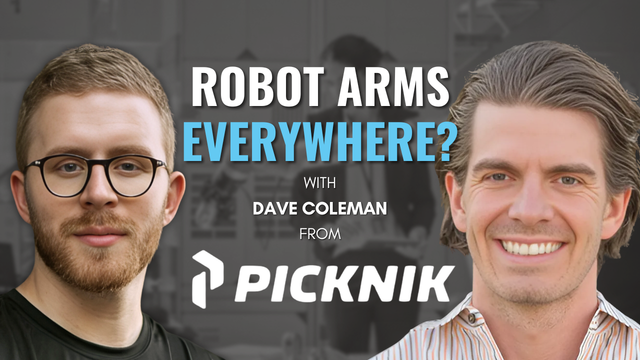
Dave Coleman, Chief Product Officer and Founder of PickNik Robotics, shares how robotic arms are being pushed into new environments—and what it means for the future of automation.
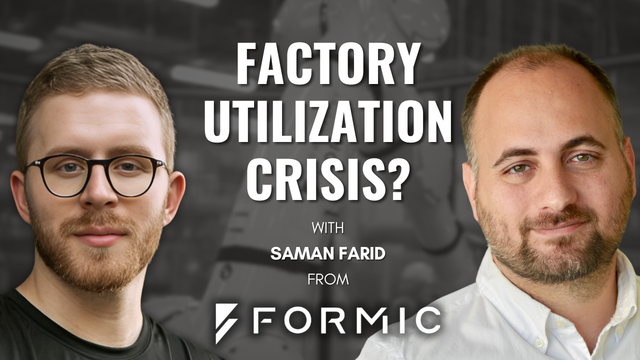
Saman Farid, CEO of Formic, explains how making robots accessible to small manufacturers is changing American industry—and what it means for the future of factory work.

Wolf Vollprecht (CEO) and Ruben Arts (software engineer) of Prefix.dev reveal how better package management can streamline robotics development—and what it means for your workflow.

Canon Reeves, CTO and Co-founder of Pipedream Labs, discusses building underground delivery robots—and what it means for the future of urban logistics.
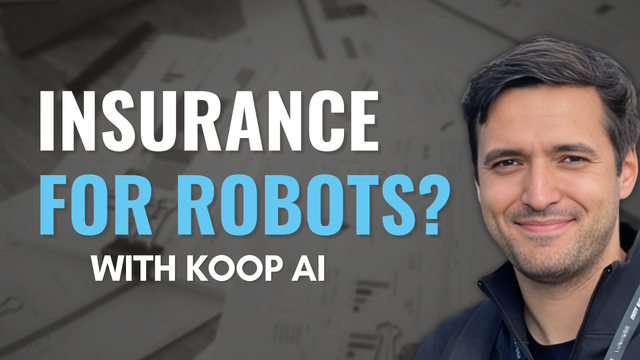
Sergey Litvinenko, CEO and co-founder of Koop AI, shares how insuring robots is unlocking new markets—and what it means for robotics and automation worldwide.
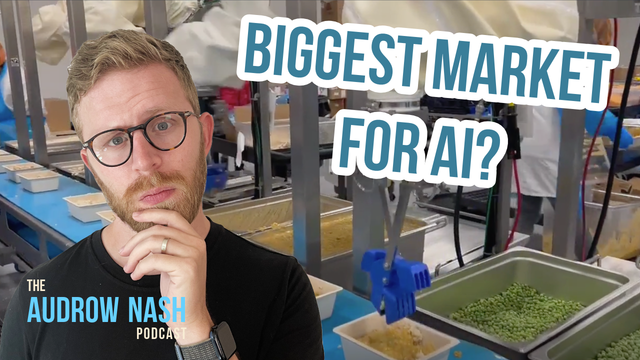
Rajat Bhageria, Founder and CEO of Chef Robotics, explains how AI-powered robots are tackling food assembly—and what it means for the future of food production.
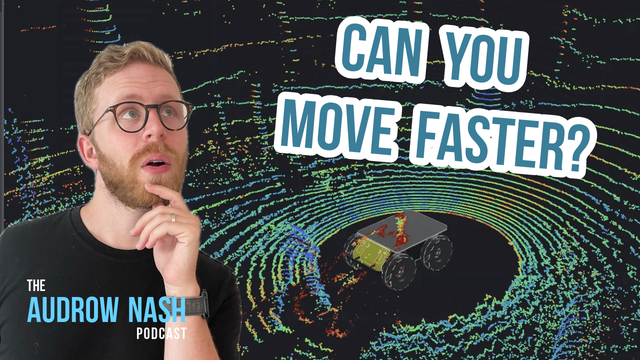
Adrian Macneil, CEO and co-founder of Foxglove, shares how better developer tools are transforming robotics—and what it means for building and debugging robots.

Oleg Kandrashou (CEO) and Aleks Gampel (COO), co-founders of Cuby, discuss how mobile micro-factories are changing home construction—and what it means for the future of housing.
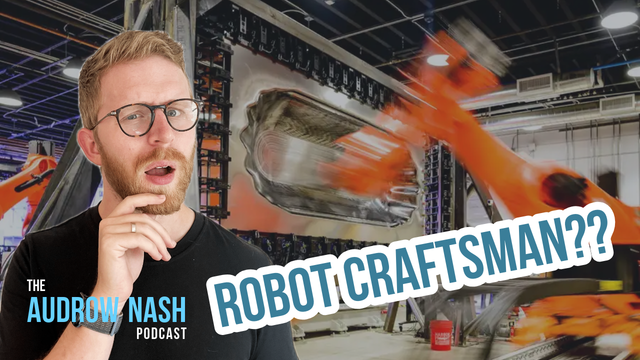
Edward Mehr, CEO and co-founder of Machina Labs, explains how AI and robotics are reinventing metal forming—and what it means for the next generation of manufacturing.
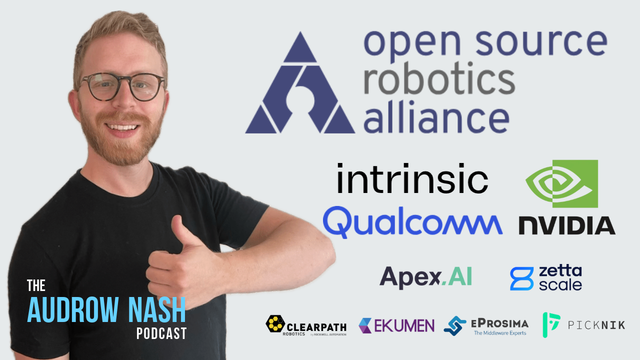
Tully Foote (OSRF/Intrinsic) and Geoff Biggs (OSRF) share how open source robotics is entering a new era—and what it means for the future of ROS, Gazebo, and the whole robotics community.
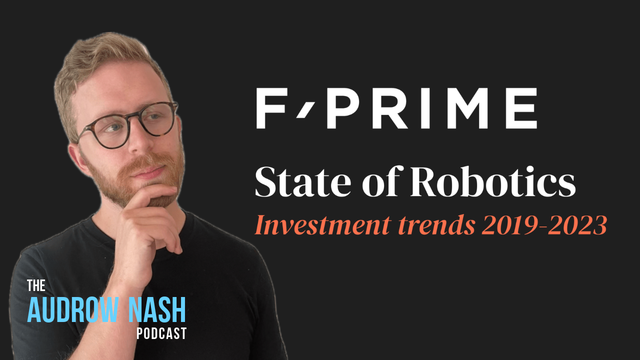
Sanjay Aggarwal (F-Prime Capital) shares how robotics investing is evolving—and what it means for founders trying to build and scale robotics companies in a changing market.
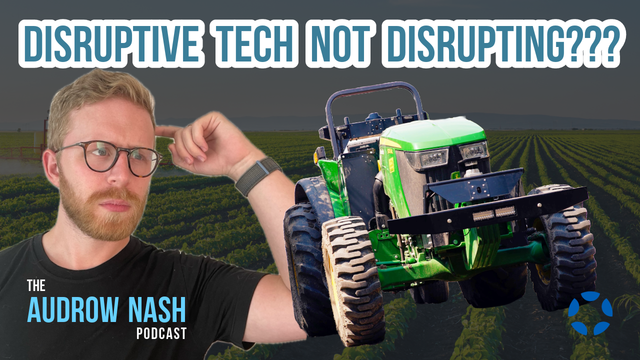
Ben Alfi (Bluewhite Robotics) shares how retrofitting tractors with autonomy is helping farmers tackle labor shortages—and what it means for the future of agriculture.
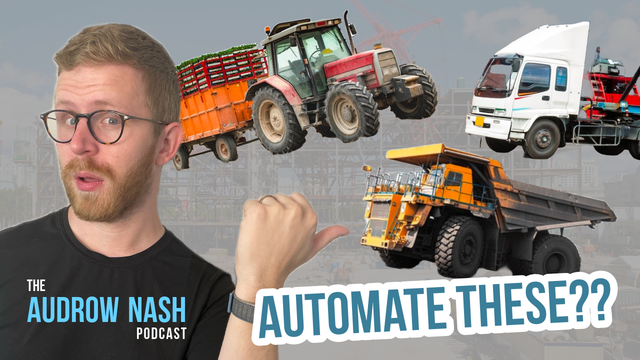
Stefan Seltz-Axmacher and Ilia Baranov (Polymath Robotics) share how modular autonomy is making industrial robots easier to deploy—and what it means for the future of off-highway automation.
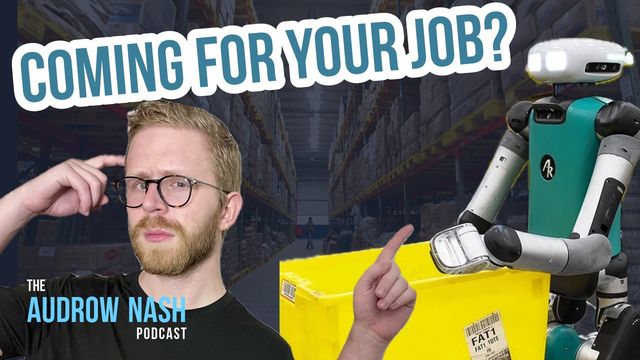
Melonee Wise (Agility Robotics) shares how humanoids are moving from hype to real work—and what it means for the future of automation, jobs, and robotics careers.

Nag Murty and Michael Laskey (Electric Sheep) share how acquiring landscaping businesses and betting on machine learning is changing the playbook for outdoor robotics—and what it means for the future of automation.